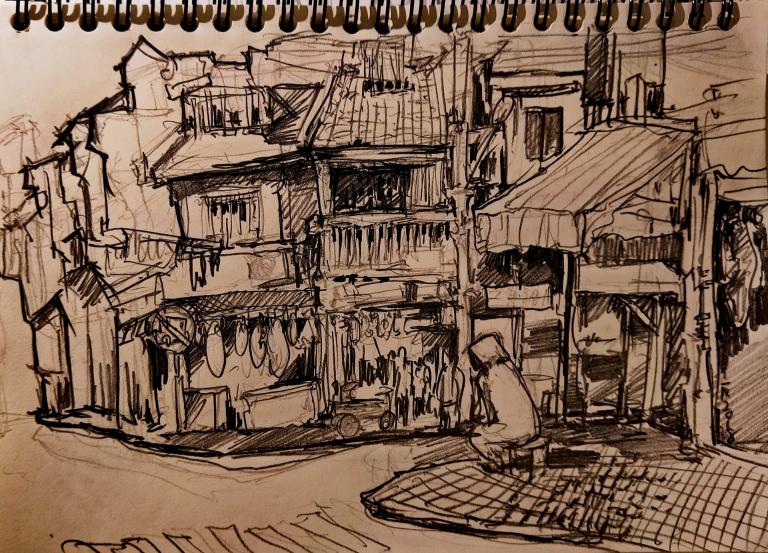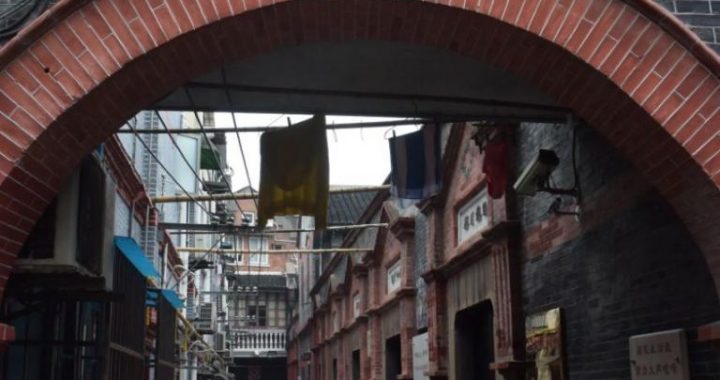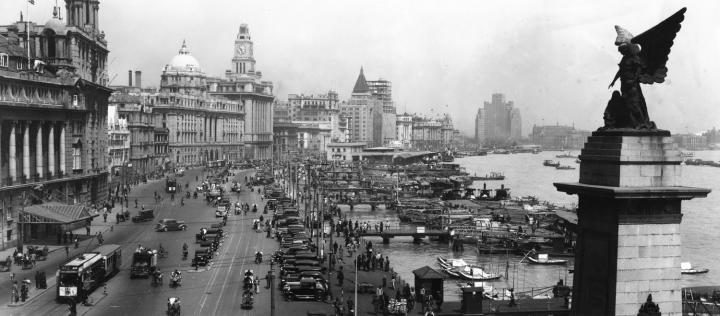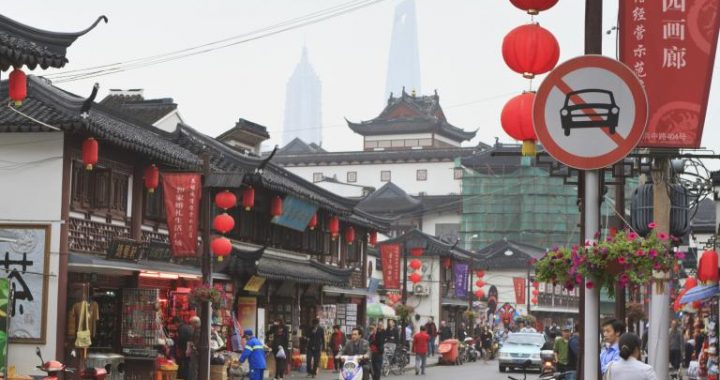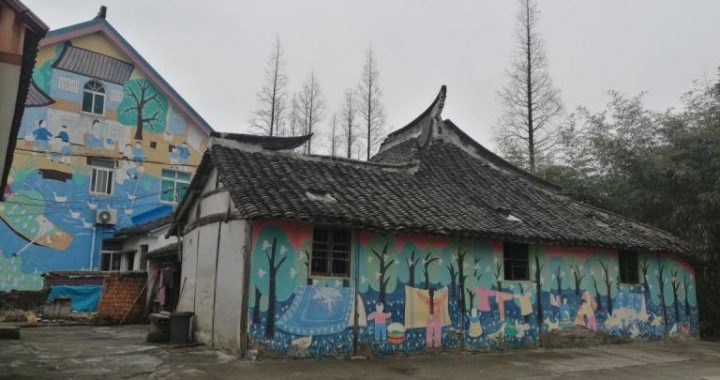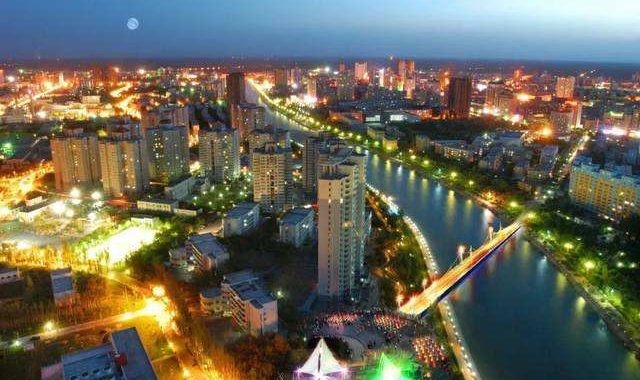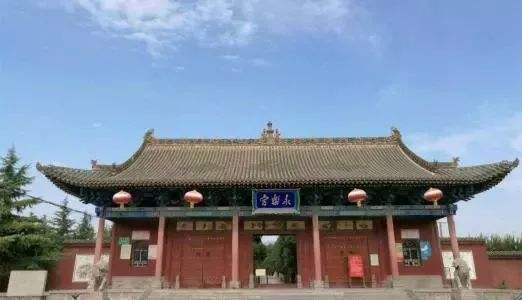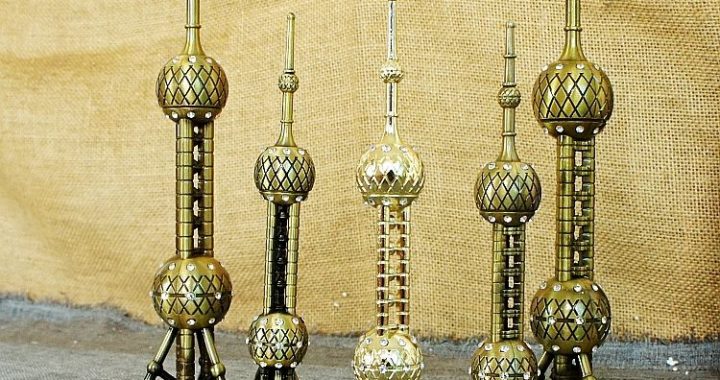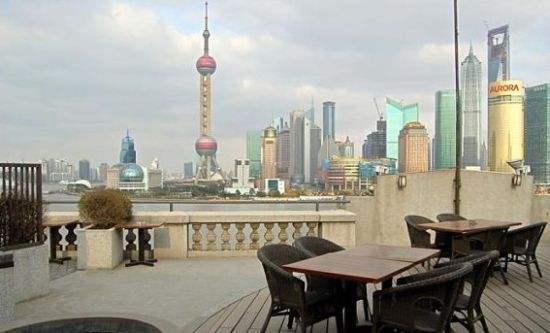Fashion Seekers
3 min readOld Shanghai people were keen on fashion, a typical cosmopolitan perception of the city. This perception reflects not only the habits and customs of Shanghai people but also their spirit and culture
In Old Shanghai, people’s pursuit of fashion mainly referred to their pursuit of Western lifestyles, in which cafes and dancing were foremost. Cafes were very popular with Old Shanghai people, the most famous of which were Xinyaand Sullivan on Nanjing Road, Constantine and Balkan at the Jing’ an Temple intersection, and Little Men opposite the Cathay Theater. It was the fashion of the day for literati in Shanghai to come to these cafes at dusk each day to enjoy rich, fragrant coffee, while having discussions with friends. It is no exaggeration to say that literary circles in Shanghai in the 1920s and 1930s were immersed in the aromatic ambience of cafes
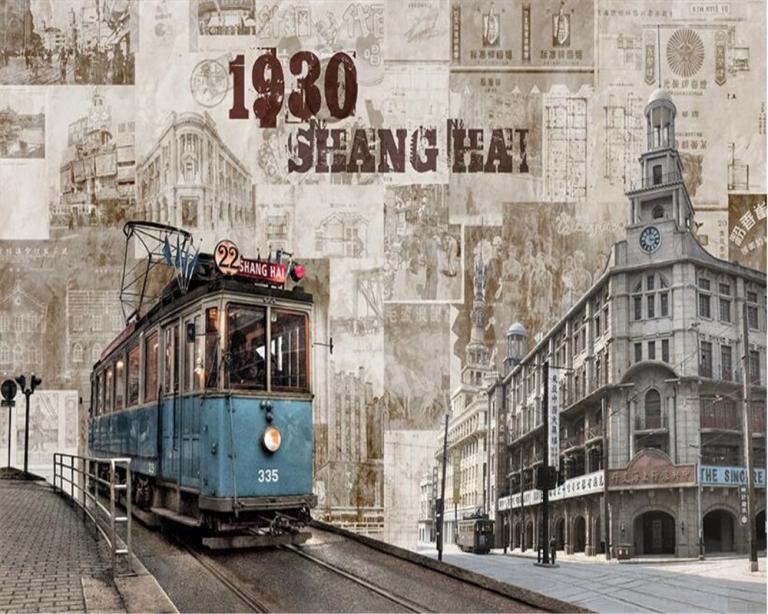
Old Shanghai also boasted a large number of ballrooms In 1946. about 3 300 professional dancing girls were registered with the government. Old Shanghai was acclaimed as”the city without night in the East, which shows how rich Shanghai nightlife was, with ballrooms playing an important role. Famous ballrooms included the Paramount, Metropolitan Garden, the Lido, and St Anna to name just a few. The paramount orchestra was formed by russian musicians who played the latest US jazz. This ballroom is still well known to people today, because contemporary writer Bai Xianyong(b. 1937) mentions it in two of his stories,”The Last Night of Miss Jin”and”Everlasting Yin Xueyan Old Shanghai people pursued fashion and Western style, yet it did not mean that they were westernized in all aspects. In habits and customs of everyday life, OldShanghai people al ways preserved their own native culture, that is, the features and temperament of Jiangsu-Zhejiang culture
Let us take food for example. There were many Western restaurants in Old Shanghai. of which yipinxiang was famed for its extravagant furnishings including a caged leopard for the enjoyment of diners. Zeng Pu(1872-1935)author of the novel Flowers of the sea of retribution(Niehaihua), at the end of the Qing Dynasty(1616-1911), described the scene of experiencing Western cuisine in Yipinxiang. Many wealthy people in Shanghai were keen on eating Western food, and people with less means would also take their families out totry it on festive occasions. Trying Western food was in vogue, popularly known as”having a big dish”or”having a big dinner. “People from outside Shanghai would also take the experience of eating Western food as an indispensable activity of experiencing Shanghai lifestyle when visiting the city However, eating Western food has never become a mainstay, but been treated as an embellishment to Shanghai people’s cuisine and beverages, and despite all the years, their cooking culture has preserved local and regional traditions and Flavors
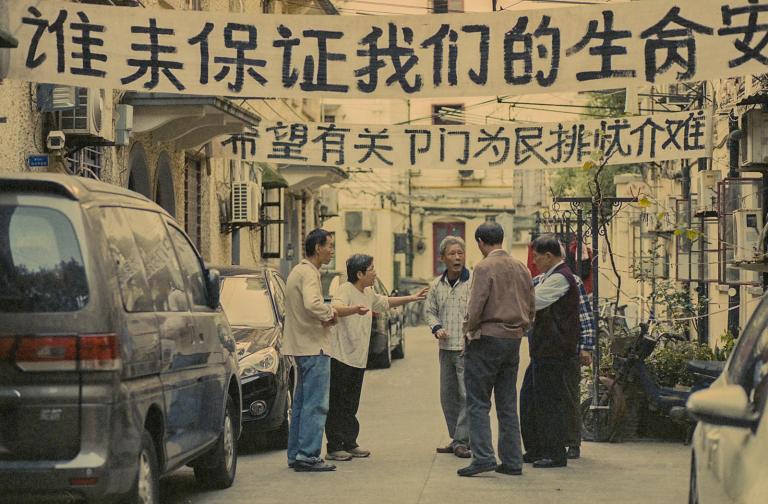
From ancient times, Shanghai has been an area where the main crop is rice, the staple food for Shanghai people who eat it for three meals a day. The main staple food provided by local restaurants is also rice. Sometimes vegetables salted meat, sausages or pork are added to make flavored rice of various kinds Homemade Shanghai dishes use simple ingredients like pork, chicken, duck, egg, dried bamboo shoots, green beans, tofu, and mushrooms, with the best known dishes being dried bamboo shoots with stewed meat, shredded meat with green beans, and deep-fried tofu with stewed meat. They are delicious yet economic Snacks in Shanghai are also tasty, such as Nanxiang steamed buns with minced meat stuffing, Ningbo sweet dumplings, noodles with chopped green onions, etc. These snacks are carefully prepared, delicious yet cheap, and typical of cuisine south of the Yangtze river.
